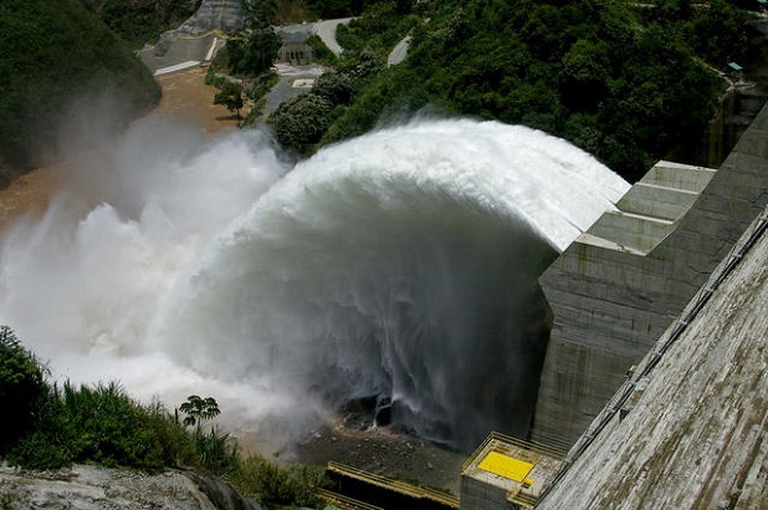In a surprising turn of events, Costa Rica, a country celebrated for its green energy achievements, is now grappling with a renewable energy quandary. The nation, once boasting an impressive 99% renewable energy generation, has seen its figures dwindle to 94.91% in 2023, with projections hinting at a further slip to 90% by 2024. This shift, propelled by severe drought conditions linked to El Niño, poses significant challenges to Costa Rica’s environmental and economic landscape.
The Hydroelectric Crunch
Hydroelectric power, the backbone of Costa Rica’s renewable energy sector, covering nearly 70% of its needs, is currently under threat due to unprecedented low levels of water in reservoirs. This shortage is compelling the nation to lean more heavily on oil and rent supplemental thermal plants, a move that spells both financial strain and environmental concerns.
ICE’s Countermeasures
In response, the Costa Rican Electricity Institute (ICE) is doubling down on diversification and sustainability efforts. With a hefty $540 million investment, ICE aims to infuse an additional 400 megawatts into the grid through solar and wind projects by 2026. This investment, predominantly drawn from private funds, signifies Costa Rica’s unwavering commitment to renewable energy, despite current setbacks.
The Global Renewable Energy Landscape
The renewable energy market, valued at about $928 billion in 2017, is on an upward trajectory, expected to hit $1.5 trillion by 2025. This growth is fueled by a global consensus on the need for cleaner energy solutions and advancements in technology that make renewable sources more viable. Costa Rica’s recent struggles highlight the broader challenge of relying too heavily on a single renewable resource.
Diversification: The Path Forward
The predicament faced by Costa Rica underscores the importance of diversifying renewable energy sources. The nation’s current plight illustrates the vulnerabilities inherent in a mono-source renewable energy strategy, emphasizing the need for a balanced mix of solar, wind, and hydroelectric power to ensure resilience against climatic adversities.
Tackling Renewable Energy Challenges
As the world leans more into renewable energy, issues like grid integration, regulatory landscapes, and high initial costs are becoming increasingly prominent. However, innovations in energy storage, smart grids, and economies of scale are providing promising solutions to these challenges, paving the way for a more stable and sustainable renewable energy future.
The Global Response
The global community is taking note of Costa Rica’s challenges, seeing it as a case study in the complexities of transitioning to a renewable energy-dominated grid. Countries around the world are recognizing the need for collaborative efforts in research, investment, and policy-making to navigate the renewable energy landscape effectively.
Costa Rica’s Blueprint for Resilience
Despite the hurdles, Costa Rica’s proactive approach towards investing in a diverse array of renewable projects positions it as a leader in the global shift towards sustainable energy. The country’s strategy offers valuable insights into managing renewable energy resources in the face of environmental changes, serving as a model for nations worldwide facing similar dilemmas.
As Costa Rica continues its journey towards renewable energy sustainability, its efforts underscore the delicate balance between environmental stewardship and economic viability. The nation’s resolve to overcome these challenges reaffirms its status as a beacon of green energy innovation, charting a course for a cleaner, more resilient energy future.

